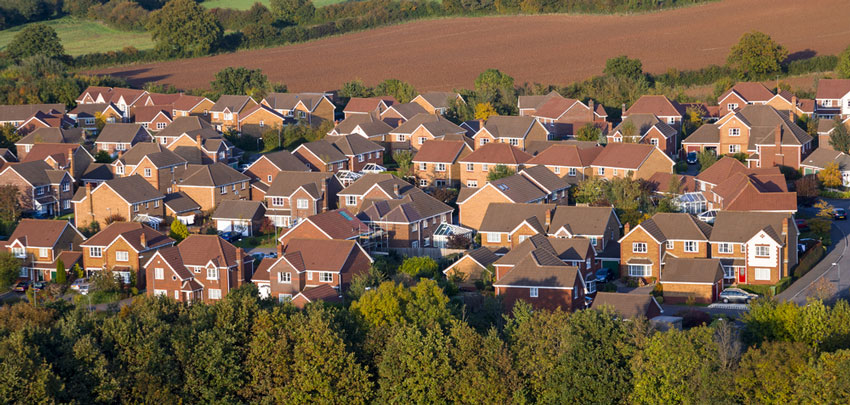
We need more houses. Lots more.
Anyone who lives in the bottom corner of the country will gladly tell you that things are getting pretty cramped down here. The South East is one of the most densely-populated areas in the UK – the most populated according to Wikipedia, the third most according to the Office of National Statistics – and we need more houses, a lot more. A report by Savills says we should be building another 160,000 homes in the next five years, if everyone is going to have a roof over their head. The problem is that, for every new housing development that pops up, a whole chunk of green space disappears. And with that dwindling green space we lose plant and animal species, we lose woodlands – sometimes ancient – we fragment habitats, making survival harder for other flora and fauna, and we reduce our own resilience to events like floods and heat waves.
Competing interests: the economy and the environment
While a dash to develop may solve the short-term housing issue, the bigger picture suggests that wiping out the environment on our doorstep in favour of bricks and tarmac is not the brightest idea we’ve ever had. In fact, it’s so bad that the planning system represents the same view in no uncertain terms. Section 40 of the Natural Environment and Rural Communities Act 2006 was developed with the specific purpose of entrenching sustainable development throughout public sector decision making.

Dr Tony Whitbread, Chief Executive, Sussex Wildlife Trust
Photography: Miles Davies, Sussex Wildlife Trust
So how do we move forward from here?
To start, redevelopment of existing sites can be prioritised to protect remaining open spaces. Stronger regional policies can be used to spread wealth outside of London and encourage people to spread out across the entire country, and a cultural shift towards more space-efficient multiple-use buildings. Even a cultural shift towards development for the benefit of ecosystem services rather than to their detriment would be a good way to begin. ‘Whatever happens,’ Tony says, ‘developers and policy makers need to start with very good ecological information. They need to know what’s there. First class ecological surveys are the first requirement and from that an enhancement plan, not just what you’re going to damage but how you’re going to enhance it. That’s the challenge. That is the policy in the national policy framework, that’s what we should be doing, not minimising loss, but making it better. Make it difficult for me to object. Make that a reality.’

city development needs to be pre-planed so that it wont create such situation. The new construction and the existing land needs to be consider. Also this kind kind of construction will definitely going to big trouble in near future.
In South Africa we’re “spoiled” by space and so housing developments are spreading further and further outwards eating into what was once virgin land while old areas are abandoned. Sadly no one sees this as an issue but in the long term the same thing is going to happen as mentioned above. The solution though is simple, build tight and build high. Tall houses with a small footprints and apartment blocks placed close or within city centers are the answer.
Well done Sarah. Look at escapenomade[.com] for one of the best sustainable lifestyles leaving the smallest footprint on our precious earth.